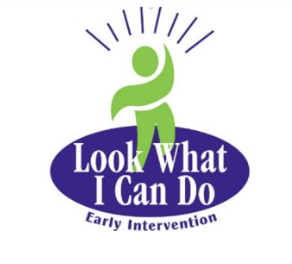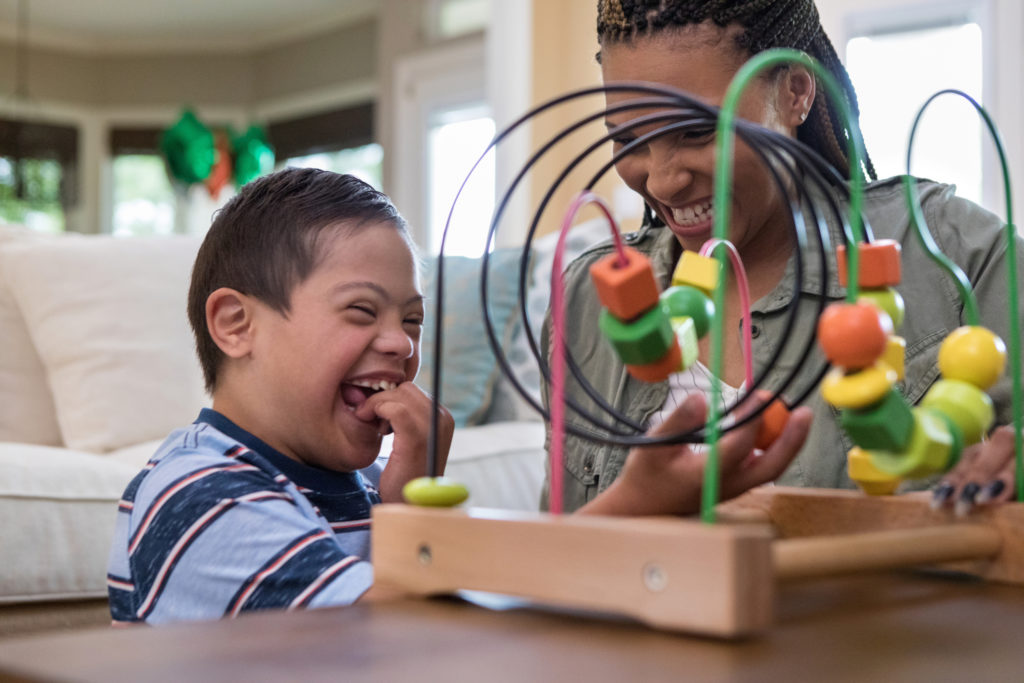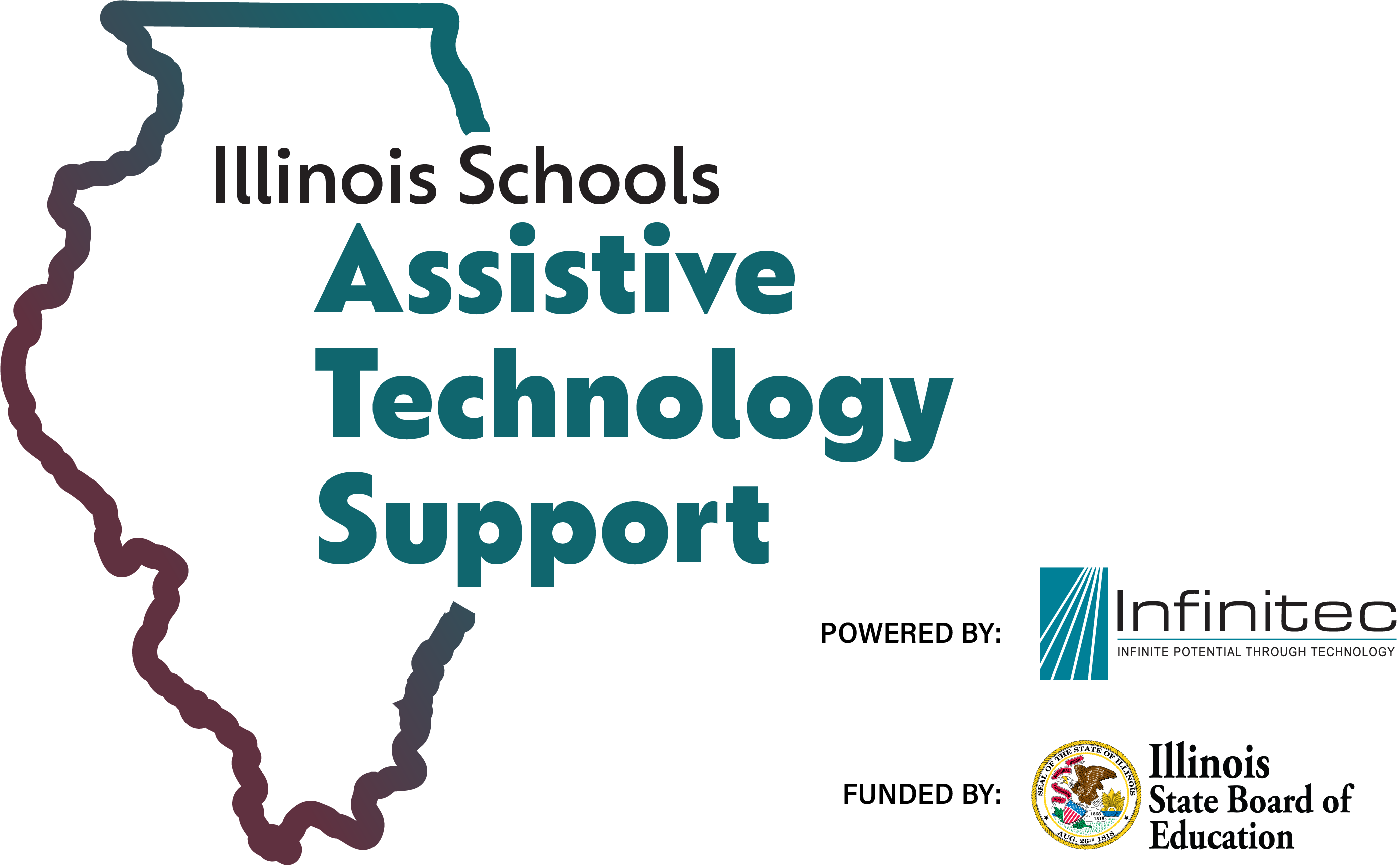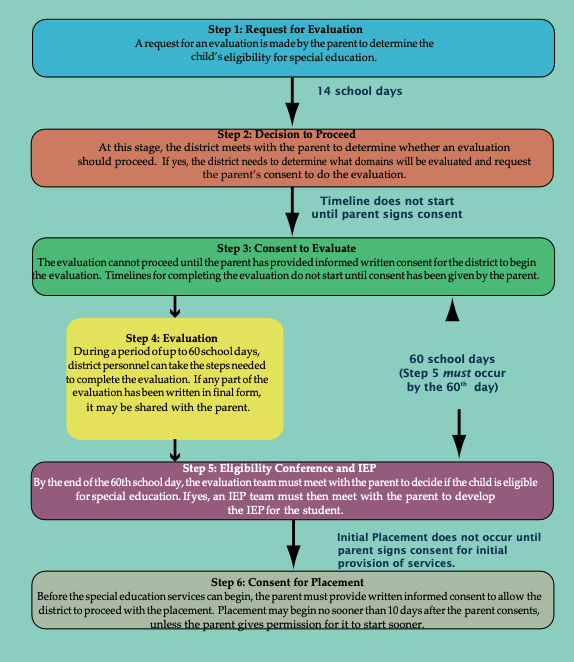The goal of this section is to give you an overview of the IEP and the ways that Individualized Educational Programs (IEPs) are created for your student. You will also find links to other resources which go more in-depth than we will on this page. An IEP- based on the most recent reauthorization, of IDEA (Individuals with Disabilities Education Act), provides access to accommodations, modified instruction, and interventions that can help students with disabilities have access to and make progress in their education.
The IEP document must be reviewed at least one time a year by an IEP team which must include the student’s parent/guardian, a general education teacher, a special education teacher, an administrator, or their designee. If the student is 14 years or older, they must be invited to attend the IEP meeting. Additional people may be included based on the student’s specific needs and services. As the parent/guardian, you have the right to invite anyone to the IEP meeting.
504 is a law that provides accommodations based on Section 504 of the Rehabilitation Act. It is a civil rights law and is not part of special education. A 504 plan provides access to the environment and instruction. In schools, this does not include modifications in instruction or intervention.
The main differences between an IEP and 504
A 504 plan is used when a student has difficulty accessing the school program, the environment, or needs accommodations. 504 plans are developed for students with disabilities when they can learn from the same instruction as their classmates who do not have disabilities. A 504 plan emphasizes making sure a student has access. Students who have 504 plans usually only need accommodations to make sure that they are able to benefit from the instruction. Assistive technology may be one of those accommodations.
Examples of students with 504 plans:
- A student in a wheelchair who is able to navigate the building independently though needs to have reserved seating in the classroom, height adjustable desks, and access to bathrooms with adapted sinks.
- A fifteen-year-old diabetic who needs to be allowed to take additional breaks during class and testing to check blood sugar, use the bathroom, get a drink, etc.
- A nine-year-old who has vision difficulties. Though when provided with the accommodations of enlarged texts printed on yellow paper, copies of notes, and preferential seating, they are able to participate in class like their peers.
In contrast, IEPs provide specially designed instruction for students, modifications, accommodations, and related services customized to their specific needs.
The state of Illinois has a helpful guide for parents called “Educational Rights and Responsibilities Understanding Special Education in Illinois, a Parent Guide”. This resource will help answer specific questions about Special Education in Illinois.
How does the IEP process start?
The IEP process may start before your student is school age or it may not begin until the student enters the school system.
Birth- age 3

Some families know from birth that their child will need greater support to learn and grow. Others may be referred to Early Intervention (EI) programs because of concerns about development. Early Intervention is a program for children aged birth to age 3. Services can include speech therapy, physical therapy, occupational therapy, developmental therapy, and more. The services are provided at no cost to families. Anyone can refer a student to Early Intervention, including parents. In Illinois, a student has to demonstrate a 30% delay in developmental milestones to qualify for early intervention. The state program is called Child and Family Connections and is under IDHS (Illinois Department of Human Services). They have 25 offices throughout the state to support you.
If your student qualifies for Early Intervention services, the team will work together to create a document called an IFSP (Individualized Family Services Plan). As the parent/guardian, you are a very important part of this team since you know the child best. To learn more about an IFSP and what to expect, visit the Illinois Early Intervention Clearinghouse website, which has many tips sheets related to EI services, including this one on What’s in your IFSP.
Early intervention and Early Childhood Special Education programs are offered at no cost to families. Studies show that students who start early intervention make more progress than those who don’t. Finding out your student needs special education services can be kind of scary. When you have a student with a disability, you will be doing things differently than other parents/guardians around you. It is good to start EI services as soon as possible, for the family support you can get, and for your student’s growth. During early intervention services, therapists will help your student learn skills at a young age. Some children “graduate” early intervention, while others continue on in a program for students 3-5 years of age, which are called Early Childhood services and are provided by your school district.

Here is a story about a student (we will call him Alf) who was referred to Early Intervention services:
AIf is a student who has, Down Syndrome, a condition that affects his health, his language, and the ways he learns. His family was referred to the Early Intervention program by their pediatrician. After the people in the EI program met Alf and his family, a case manager was assigned and therapists came to their home to evaluate him.
After the evaluation, the therapists reviewed their results to determine if he qualified for services as a child with a disability. In the case of Down Syndrome, we know that students will likely have difficulty with language, development, tone (strength), and possibly balance. He was offered many services including speech therapy, developmental therapy, occupational therapy, and physical therapy. When he gets older, he would probably be accepted to a school’s 3-5-year-old program for early childhood special education (ECSE) and continue with an IEP when he reaches school age.
Age 3-5
Before your student turns 3, the EI team will determine if your student has met their goals or if continued services may be needed. If there is data that shows that the student still has areas in which there are concerns about progress or development, you will be referred to your local school district. The district will do an evaluation to see if your student is eligible for Early Childhood Special Education (ECSE) services. The eligibility requirements are different for services for children who are ages 3-5 then they are for children who are birth-3. If your student qualifies, they will start a program provided by a school district and continue while there are still goals to work on. These services are called early childhood services and can be received from ages 3-5. At this stage, your student’s s team will put together an IEP.
“ An IFSP may be used to determine ECSE services for children from 3 through 5 years of age if it meets special education requirements for participants, timelines, and notice/consent procedures. The IFSP would be developed by the LEA staff, must meet the requirements of an IEP, would have a new start date, and would be in effect for one year. If an IFSP is used, this does not mean the student “remains in early intervention,” but instead means that ECSE services are being provided using an IFSP. Parents/guardians must be given an explanation of the difference between an IFSP and an IEP and must provide informed, written consent for using an IFSP. (34 CFR 300.323(b)(1) (34 CFR 300.323(b)(1),23 IAC 226.250)” Early Intervention to Early Childhood Transition FAQ question 13
IFSP= Individualized Family Services Plan
IEP= Individualized Education Program
When your student turns age 5, the team will review data to see what services your student needs to access their education. If the IEP team finds that your student continues to need services to access their classes and the school environment as they enter kindergarten, a meeting will be held to change the IEP or a 504 as appropriate. From then on you will have yearly IEP meetings as long as your student qualifies for services.
Chapter 6 of Educational Rights and Responsibilities: Understanding Special Education in Illinois, The Parent Guide includes information that explains the IEP process, including team members, timelines and what should be included in the document.
School Age (age 5-21)
Most students begin their school process as kindergartners and have not received any early intervention services. As they grow and learn, students may begin to demonstrate difficulty with certain subjects or activities within the school day. This can include difficulty with academics, paying attention like their peers, or even difficulty with specific speech sounds. For a student to be considered for an evaluation to determine if they need an IEP, a few things need to happen in a specific order. While this process may seem long, knowing what to expect will be helpful for you as you partner with the school.
- Someone notices that the student has a learning difference from other students, either in their performance with academic tasks, their speed with learning, or even the way their speech sounds. That someone can be a teacher or a parent but might be anyone who knows the student.
- The school team must take data to demonstrate that the student is not making the expected progress. Different schools may call this process different things but you may hear the terms MTSS (Multi-tiered System of Supports) or RTI (Response to Intervention). A trial of intervention or extra support is given to the student to see if this help allows the student to make progress and improve in the area(s) that are of concern. It may be, a student is given additional reading instruction or tutoring. It could be that they visit with a therapist for a “test period” to see if with some simple coaching they are able to catch up. This is also a time when students may try technology such as text that is read aloud by a computer or enlarged print to see if it can help with learning difficulties. The school will take data to show how the new supports work for the student and use it to decide if the student has made the needed progress with these interventions. At this point, the hope is that the student is able to make the progress and that no further interventions are needed, however, If there are still concerns then the team will evaluate. The evaluation team members will depend on what difficulties the student has demonstrated. In Illinois, this means the team has something called a Domains meeting, where it is decided what needs to be evaluated.
- Once permission to evaluate has been signed by the parent, the district has 60 school days to complete evaluations. The reason for this long period is that some students will be evaluated by multiple people and that can take some time. This 35-page document (Form 34-55 IEP Instruction) is VERY detailed and informative…it can be useful to review before your first meeting with the team. It gets down to the details of everything that should be in the document. Once a student qualifies for special education services, students must be reevaluated every three years.
- After evaluations are completed the team will hold an eligibility determination meeting. Assistive Technology is typically considered after eligibility is determined. Team members will present what their evaluations found and each evaluator will make recommendations as to whether your student needs goals or services in this area. With many of these evaluations, to qualify as having a disability a student will have to perform below a certain score.
- If it is determined that your student will qualify for special education services and supports, the team will determine what their primary qualifying disability is, and there may be a secondary disability documented as well. If they do not qualify then you can discuss other plans for how you and the school can help your student. Sometimes with tutoring or targeted homework practice, a student is able to stay caught up. Here is a list of the areas of disability under which a student can qualify for an IEP. (Please note that Dyslexia falls under Specific Learning Disability; to qualify for this, there are some extra requirements and steps for the team. The Dyslexia Guide will be helpful in reviewing these requirements.)
- If the student qualifies for special education services, the team will write an IEP. An IEP is a legal agreement between the school and the parent about how the school will work to help your student. It will include a summary of your student’s current progress, areas that they will continue to work on, goals, what types of interventions they will receive, and how much service they will receive to work to meet their goals. Beginning when the student is age 14 ½, IEP teams also consider the transition needs of the student. For more information please see the Transition section of this site. The Parent Procedural Safeguards are provided at every IEP meeting. The document is lengthy and includes information on meetings and legal action. It is useful to read at least through page six of this document to understand how meetings are scheduled and conducted.
It is important to remember that YOU and your student are members of the evaluation and IEP teams. If you have questions about why an area is being evaluated, or why an area is not being evaluated, talk to the team about your questions. If your student receives services from providers outside of the school it is recommended that you try to connect the teams so that everyone can work together. You can sign a release of information form and provide contact information to the school district. It’s usually good to let both sides know that you would like them to communicate. This is especially important when there are physical or medical diagnoses. It’s good for everyone, especially your student, to agree on the approach they are taking to help your student learn.
You are always welcome to ask questions. Sometimes it can be nice to organize those questions before sitting at a table with many people. IEPs can sometimes be emotional for parents or guardians. Sometimes expected progress hasn’t been made or a new need comes up. For some parents, reading this news in advance, or in private, gives them some time to process their feelings and develop their questions and ideas.
Areas of disability under which a
student can qualify for an IEP
Autism
Deaf-Blindness
Deafness
Emotional Disturbance
Hearing Impairment
Intellectual Disability
Multiple Disabilities
Orthopedic Impairment,
Other Health Impairment
Specific Learning Disability
Speech/Language Impairment
Traumatic Brain Injury
Visual Impairment
https://www.isbe.net/Documents/Parent-Guide-Special-Ed-Aug20.pdf p 27-30

